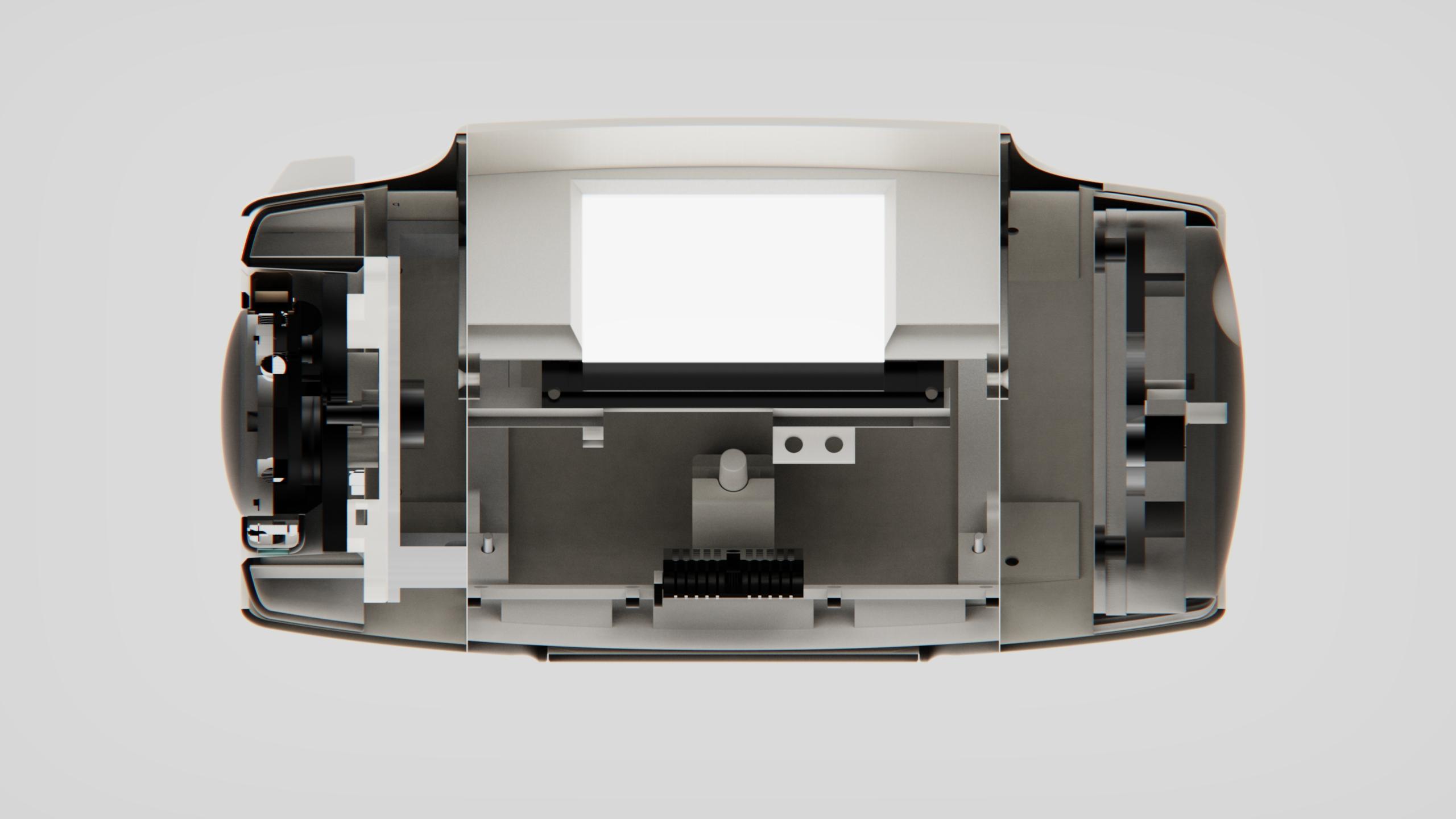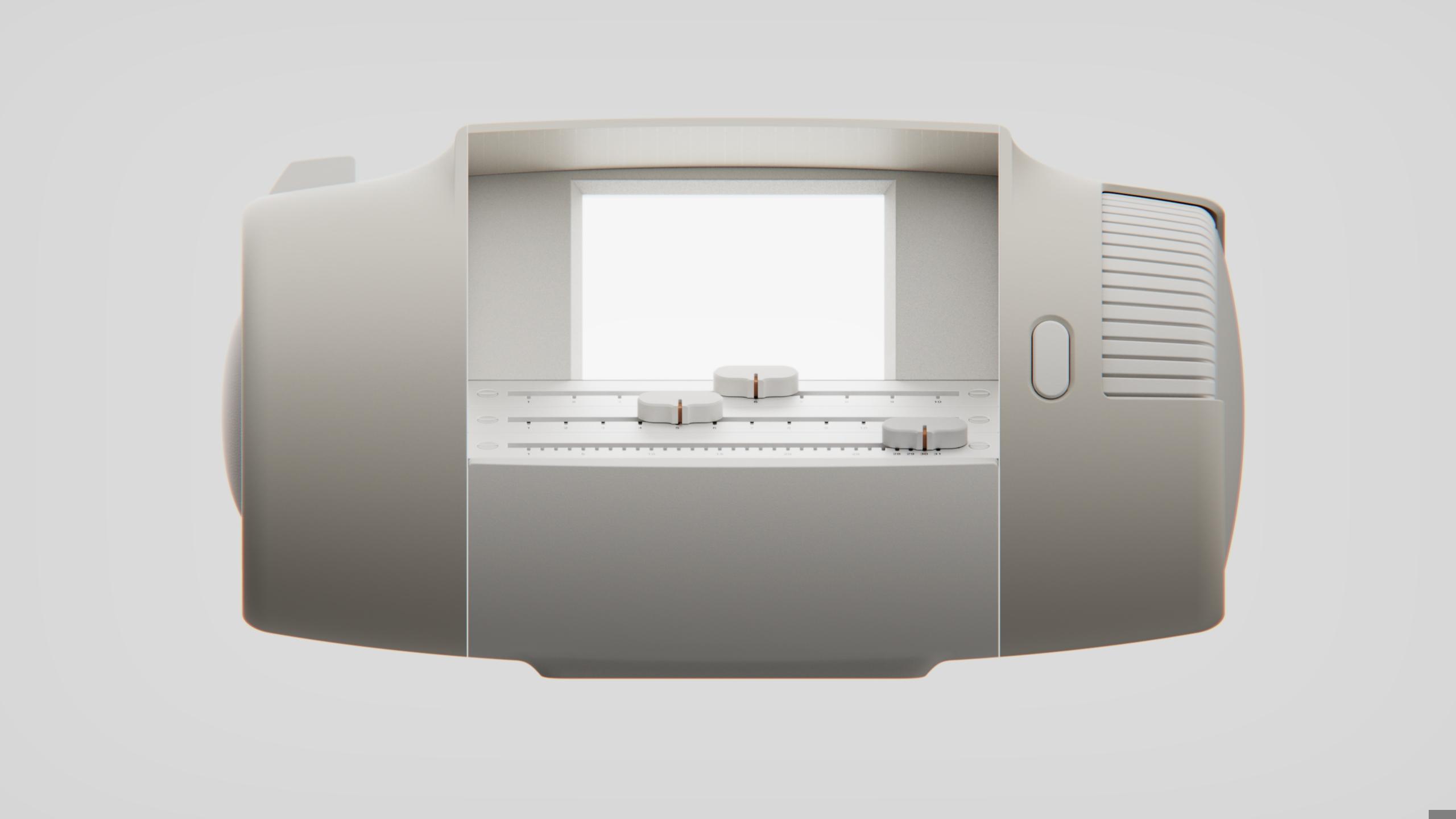Selfies celebrate who we are, yet they often dictate our self-worth. Iris re-frames selfies as a practice for self-reflection.
Iris
A decade-long journaling device celebrating the modern self portrait - Selfies.
Duration:
13 Weeks, Spring 2025, Senior Capstone
Teammates:
Aimee Li,
Stanley Ip
Soul Search
Problem Framing
Prototyping
Solidworks, Blender
Iris is a system that promote introspection by through taking self portraits
Premise
1
2
3
Photos are important, and we take a lot of them. They often serve as our most reliable tool for recalling the past and constructing our identity.
Yet, the relentless act of capturing moments can distance us from truly living them. Moreover, the sheer volume of images we accumulate makes it challenging to curate a meaningful archive that reflects our identity.
How might we, in this day and age, create a product that fosters purposeful documentation and introspection—one that helps us better understand who we were, who we are, and where we are headed?
Ideation
1
When we began thinking about photography and reflection, self portaits immediately came to mind. Historically, they have served as a tool for deep self-exploration and understanding. Today, we continue that tradition—though in a different form: selfies.
2The duality of selfie: at first glance, selfie is deemed as an narcissitic and selfish, a form of photography that encourage vanity and self objectification. Yet, selfies is one of the most direct ways to document and reflect on our experience. We believe it has the potential to become a tool self-exploration, identity formation, and memory keeping.
3From there, we designed a system inspired by how memory works—encoding, storage, and retrieval. A camera that capture (encodes) selfies, while another device stores and lets you revisit them.
The Camera (Encoding)
Philosophically
Encouraging people to take authentic selfies - ones that dont interrupt the moment and are free from the fear of judgementForm semantics
- Small and portable, fast to interact
- Light, simple, calm, quiet
- Present, thoughtful
1At first we focused on portable, stick-like concepts to enable fast interaction
2Gradually, we pivoted to a circular design resembles a cookie. It feels warmer in the palm and naturally guides the way you hold it—encouraging you to point it toward yourself, like looking into a mirror. Pointing it outward feels almost unnatural, reinforcing its purpose for self-reflection.
3The next version improves usability by adding a large, easily accessible shutter button for stability, simplifying interaction with no screen and minimal front elements, and placing greater emphasis on the mirror/viewfinder over the camera itself. It also features a magnetic cover that protects the lens and mirror.
4The next model removes the cover, making interaction feel quicker and more convenient. It’s designed to feel like the components are still being protected—subtly encased in a shell.
5The final model adds finger cutouts for clearer grip, guided by peer feedback. The increased front and back protrusion gives it a stronger, more volumetric presence.
6blah blah blah
The Capsule (Storage & Retrival)
Philosophically
Promoting engagement in curating and archiving selfies, and providing opportunities to reflect on past selfies.Form semantics
- Large and solid
- Slow to interact with
- Focused, exploratory
Inspired by Will Odom’s work, we decided the capsule could be an opportunity to explore pathways to access memory. We developed 2 pathways, the first one, fast and exploratory: two dials that work together to enable user to scroll through photos in scale of year, months, and day.
The second one, slow and precise, enable one to directly jump to a specific time frame within the decade.
Process snapshots
Updating....
© 2021 - 2025 Jin Peng. All Rights Reserved.

